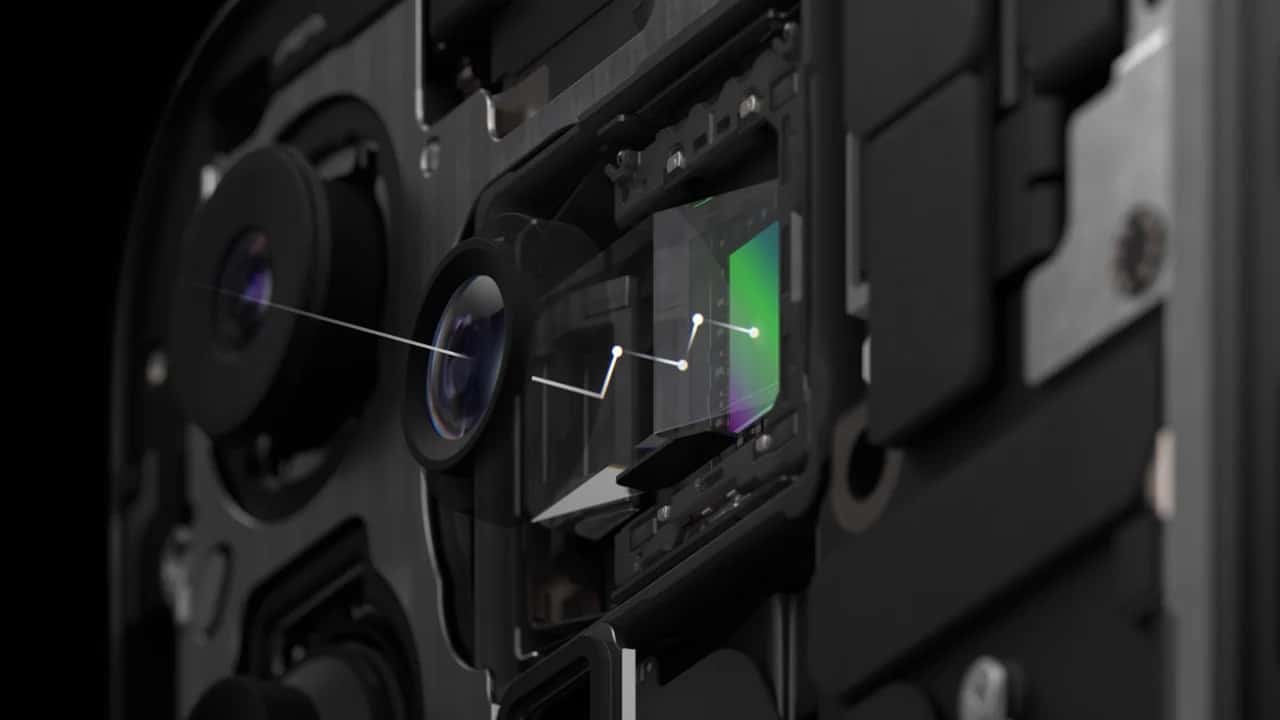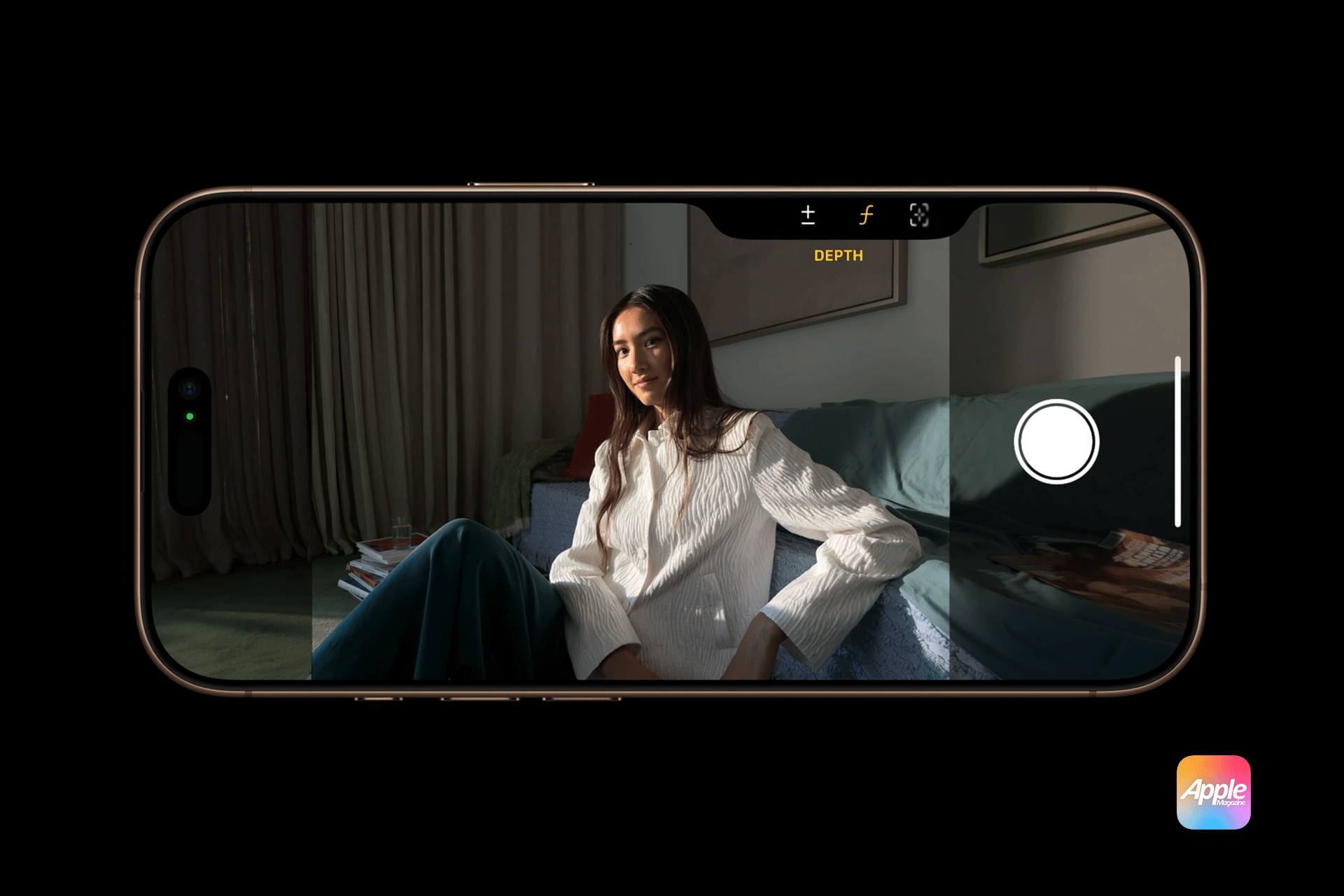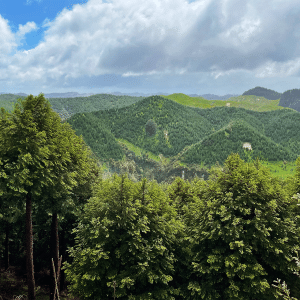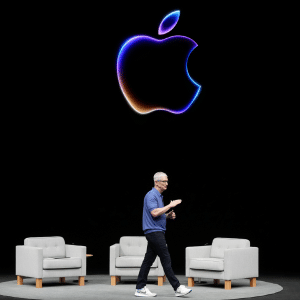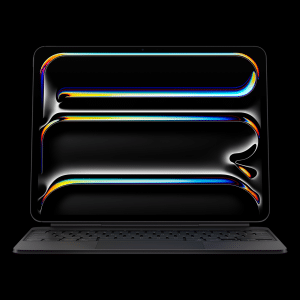The evolution of smartphone cameras has been marked by significant milestones, from the introduction of multi-lens systems to advancements in computational photography. The iPhone 18 Pro’s anticipated variable aperture represents a convergence of traditional DSLR capabilities with modern smartphone convenience, potentially transforming how users capture images on mobile devices.
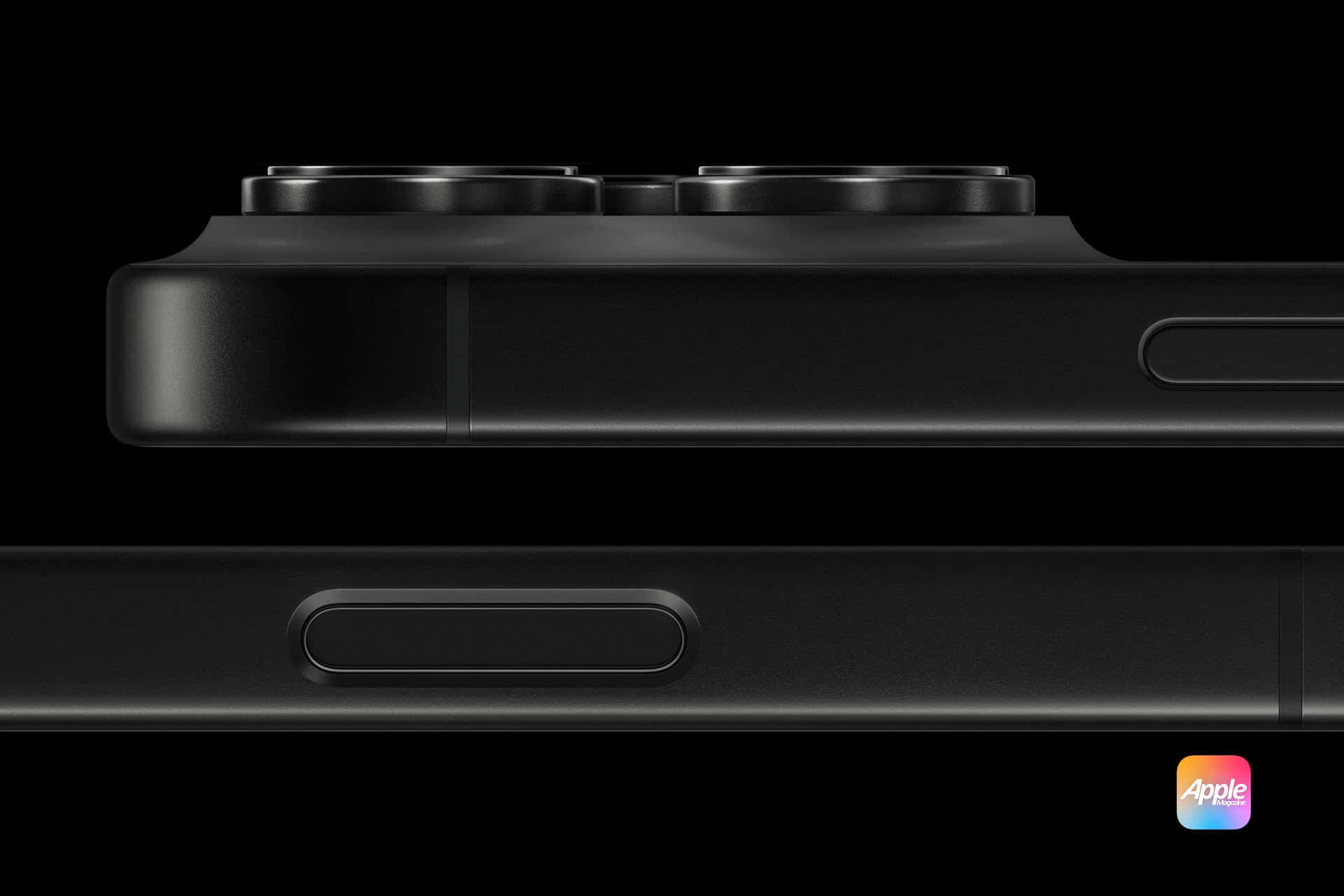
Understanding Variable Aperture
A variable aperture allows photographers to adjust the size of the lens opening, controlling the amount of light that enters the camera sensor. This adjustment influences exposure and depth of field, enabling photographers to create images with varying focus and background blur. Traditional DSLR cameras have long utilized this feature, providing flexibility to adapt to different shooting environments and artistic intentions.
Most smartphones, including recent iPhone models, feature fixed apertures. For instance, the main cameras on the iPhone 14 Pro, 15 Pro, and 16 Pro have a fixed aperture of ƒ/1.78, limiting adaptability to changing lighting conditions and depth of field control. While software solutions like portrait mode attempt to simulate depth effects, they often lack the authenticity and precision that hardware-based adjustments can provide.
The iPhone 18 Pro’s Variable Aperture: A Game Changer
With a variable aperture, the iPhone 18 Pro would allow users to manipulate depth of field more precisely. A wider aperture (lower ƒ-number) creates a shallow depth of field, ideal for portraits with a blurred background, while a narrower aperture (higher ƒ-number) increases depth of field, keeping more of the scene in sharp focus—beneficial for landscape photography.
Adjusting the aperture to wider settings enables more light to reach the sensor, enhancing performance in low-light situations. This capability reduces the need for higher ISO settings, which can introduce noise, resulting in cleaner and more detailed images in challenging lighting conditions.
The integration of a variable aperture could complement Apple’s computational photography algorithms. By providing the hardware flexibility to control light intake and depth of field, software enhancements like Smart HDR and Night mode could operate more effectively, producing superior image quality across various scenarios.
Technical Considerations
Incorporating a variable aperture mechanism into the compact form factor of a smartphone presents engineering challenges. The mechanical components must be miniaturized without compromising durability or performance. Apple’s collaboration with suppliers like Sunny Optical and Largan Precision suggests a concerted effort to overcome these obstacles and deliver a reliable solution.
The addition of variable aperture technology may influence the design of the iPhone 18 Pro’s camera module. Considerations include maintaining the device’s sleek profile while accommodating the new hardware, ensuring that the aesthetic appeal aligns with Apple’s design philosophy.
Market Implications
Introducing variable aperture technology could position the iPhone 18 Pro ahead of competitors in the smartphone market. While some manufacturers have experimented with similar features, Apple’s implementation, combined with its robust software ecosystem, could set a new standard for mobile photography.
Enhanced control over photographic elements traditionally reserved for professional cameras may attract photography enthusiasts to the iPhone 18 Pro. The ability to adjust aperture settings manually offers creative flexibility, bridging the gap between smartphones and dedicated cameras.
The rumored inclusion of a variable aperture in the iPhone 18 Pro signifies a potential leap forward in smartphone photography. By providing users with greater control over depth of field and improved adaptability to various lighting conditions, Apple continues to innovate, enhancing the photographic capabilities of its devices. As the iPhone 18 Pro’s release approaches, anticipation builds for this feature that could redefine mobile photography standards.
